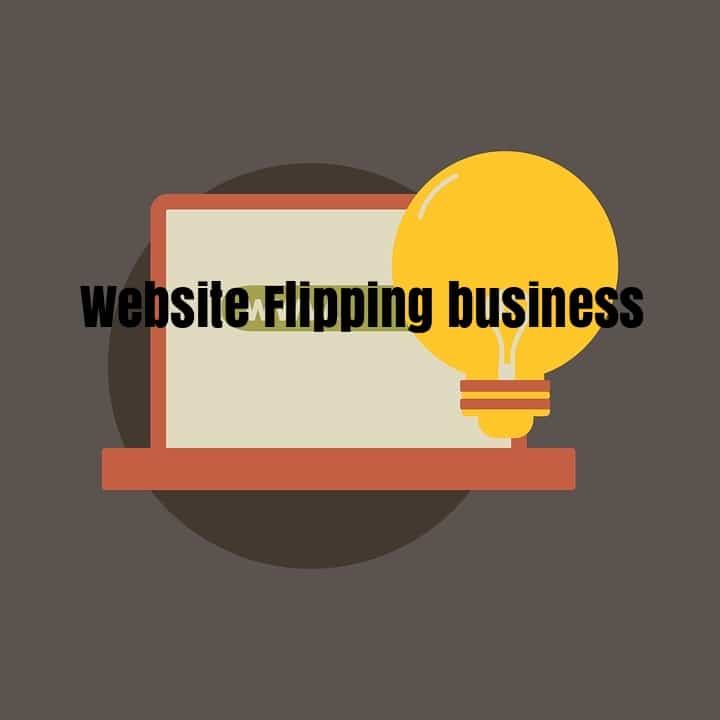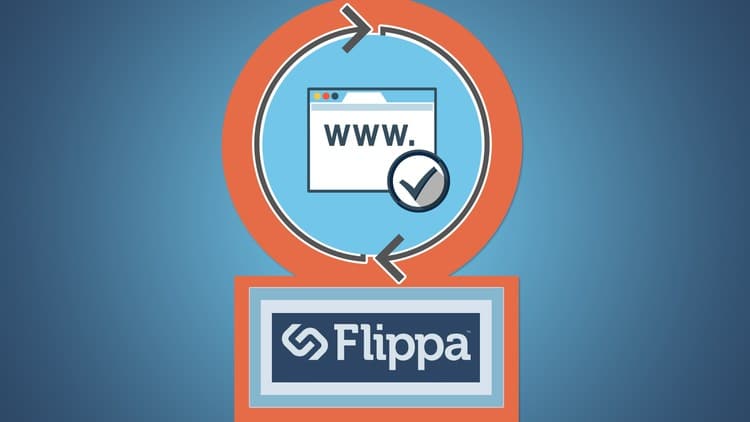How to get started making money from digital investments, the easy way.
Here at EricPorat.com, our goal is to share Eric Porat’s Expert tips from nearly two decades of successful digital investment. The mistakes he’s made, the successes he’s achieved, and most importantly, what he’s learned from all of it along the way.
As you may know, Eric Porat went from starting a website from scratch in 2005 to selling it three years later with over 70,000 monthly visitors. Since then, he’s bought and sold over 70 websites for over half a million dollars.
Long story short, there’s something we can learn from Eric Porat, especially when it comes to digital investment. Here is Part 5, the final part of his guide to website flipping, Expert Tips for Website Flipping.
In our last edition, Part 4, we covered the SKILLS you need to invest in websites and some good places to SELL and BUY websites, as well as a bit about the MENTALITY needed.
We left off just as we were about to start talking in-depth about the skills you need to buy and sell websites, and more importantly the key process of the most important step in website investment…
HOW TO IMPROVE YOUR WEBSITE
The obvious reason why you’ve bought a site and think you can get more from a sale of it after a period of improvement is that something is wrong with the site. Maybe several things are wrong with the site. The concept might be good, but everything else might be awful.
So let’s talk about how to improve it.

- Clean Up Your Website
Certain elements on your website will harm your site’s traffic and monetization potential. These things include, long, boring content, complex animations, stock photos, and more.
With the average Internet browser possessing an 8-second attention span, first impressions are CRITICAL. 90% of viewers will decide whether to click away or stay on your site in the first 30 seconds.
So, use short, powerful sections of content and relevant photographs/icons that are sectioned off and separated by clear and concise headers. Also, make sure your copy doesn’t use jargon or ambiguous terminology (unless you’re targeting a relevant niche). If not, it only serves to confuse your users.
- Social Share and Follow Buttons
Producing great content doesn’t mean much if you aren’t allowing your readers to share that content with the world. If your website lacks social share buttons, you’re missing out on a lot of social media traffic generated from people who are already reading your blog.
Essentially, social sharing buttons are small buttons usually positioned around the top or bottom of blog posts. These buttons have icons featuring various social media websites, and they allow you to share the post (or other content) with the social media channel of your choice. This way, readers who like your content can share with other readers in their social circles (likely within the same target demographic), and your following will grow exponentially.
- Calls To Action (CTAs)
Once visitors come to your site, do they know what to do or where to go? Call-to-action buttons are buttons and links that indicate where a user should go on a page. Most people know that, but if you don’t use them properly, you can fail to guide your visitors through your website, and all your hard-earned optimization is for naught.
Be careful. It’s easy to post a ton of “bottom-of-the-funnel” (BOFU) call-to-action links without properly nurturing your visitors with more nuanced and targeted CTAs that are more top/middle of the funnel. This is a huge mistake that will waste your site’s potential.
It’s pretty easy to realize if you’re doing this or not. Just read through the pages on your website. Are you finding most pages, even blog articles, with only a call-to-action for a demo/trial/consultation? If so, you need to update them immediately.
Take this time to add-in in call-to-actions that give people materials to educate themselves and help solve their problems. Once they identify your company as one provides this sort of material, they will feel more comfortable researching your services to see if you can personally make these solutions a reality.
- Use the Right Images
Not all images are created equal, and not every image is going to fit with the type of message you’re trying to show your audience. There are tons of free photos out there, but you run into a second hazard when you stuff your website with extremely stocky photos.
Most stock images are… well…. stock images. By that we mean, you can tell at first glance that they’re stock, and if that’s the case then they’re bad news. You want images that are genuine and will evoke trust in your site. Ideally, you want to use photos that portray images of the real people that work for you or real customers using your products, or at least just real people in general and not stock photo actors.
Not all stock photos are obviously stock images though. There are techniques you can use to help pick out the right type of stock photo if real photos aren’t available. This brings more realism to your brand and makes sure the images match who you are and what your content is all about. There’s info around the internet about this, and we’ll do an in-depth guide on that soon, but for now let’s move along.
- Navigation
When designing your website, navigation is key. Your navigation technique is basically how you craft the map that shows where users can visit. There’s nothing worse than a site that has a disorganized or confusing interface. When it comes to navigation, landing pages are the cornerstone.
If your visitor lands on your homepage and can’t figure where to go or what to do, then most likely they’ll click away. It’s that simple. When improving your website’s navigation, it’s important to ensure that your visitors can easily find what they’re looking for.
A lean navigation bar is critical to this. You want:
- streamlined content
- navigation hierarchy
- responsive design
If users can’t find what they’re looking for when they land, they have no reason to stay on your site. Instead, they will definitely leave and find a competitor that offers a better UX (user experience). So make sure your site is optimized for visitors.
A great thing to do is to test it out on friends and family. Ask them to visit your site and see if they can navigate easily! If not, ask them what they’d do to improve it. A second hand opinion always helps!
- Mobile Optimization
Don’t forget about optimizing your site for mobile. 80% of internet users own a smartphone, and Google says 61% of users are unlikely to return to a mobile site they had trouble accessing. Meanwhile, 40% will visit a competitor’s site instead. Just because a site looks good on desktop doesn’t mean it looks good on mobile! It often doesn’t by default, you have to make modifications and optimize it specifically for mobile.
It’s a necessity to tailor your site to fit the needs and wants of your visitors. You might want to ask yourself, why would someone access my site on mobile? What things would they look for? Does my experience currently allow them to do those things easily?
- Unleash the Scroll
Static website landing pages are tired and boring. Instead, try using a seamless, infinity scroll-style site, where visitors can scroll down to access different sections. Including 3-5 sections that help direct new and recurring users to proper areas of your site will make visiting your site a seamless experience.
But what should these sections be?
Here are some of the crucial elements:
- Value proposition
- Intro Video
- Overview of Services
- Product Catalog
- Testimonials
- About Us
- Resources
- Contact Us
And that’s all for now folks!
Stay tuned for more website optimization tips in more articles from the Eric Porat’s Expert team here at EricPorat.com.
We hope you enjoyed Eric Porat’s Expert Tips for Website Flipping.
At EricPorat.com our goal is to continue producing more content to help you make the most out of your digital investments, so stay tuned for more!

 Before we talk about IMPROVING YOUR WEBSITE once you buy it, let’s dive right in and begin to talk about the skills and resources you need to buy and sell websites and make a reasonable profit.
Before we talk about IMPROVING YOUR WEBSITE once you buy it, let’s dive right in and begin to talk about the skills and resources you need to buy and sell websites and make a reasonable profit. 

 Website flipping isn’t for everyone. It’s one of the most lucrative ways to make money in the modern era, but it certainly isn’t easy.
Website flipping isn’t for everyone. It’s one of the most lucrative ways to make money in the modern era, but it certainly isn’t easy.